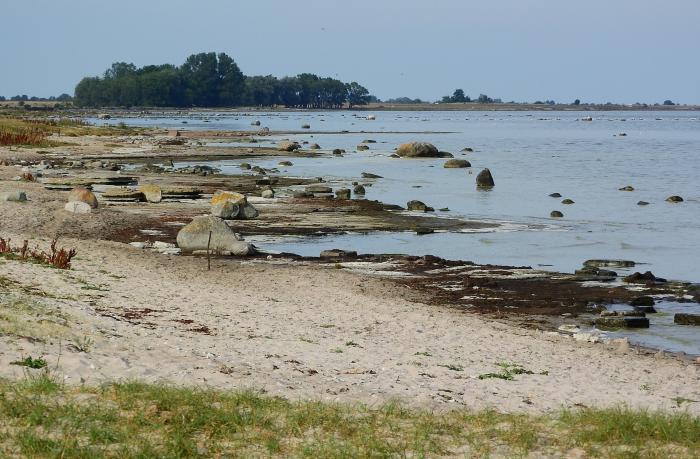
This report provides an in-depth assessment of wind energy development potential in Öland. It analyzes existing wind energy plans, technological advancements, land use constraints, and wind resource availability to identify priority areas for future wind power projects.
First, the technical, cultural and environmental constraints for deploying wind farms are assessed, and a list of priority areas is defined. Then, the wind energy potential in those areas and the technical potential in terms of installable capacity are estimated.
The constraint mapping identifies three priority areas for developing wind energy based on different distances from buildings and considering the natural conservation constraints. The high-level wind resource assessment is designed based on the New European Wind Atlas (NEWA). The analysis shows the good resources available on Öland, with the higher wind speeds available in the southern part of the island. The technical potential, i.e., the installable wind capacity and the expected yield, are estimated using sample wind turbines of 4.2 MW installed capacity, 99 m hub height, and 138 m diameter. The results show a potential of about 200 MW in Level 1 priority areas, 1020 MW in Level 2 priority areas, and 4275 MW in Level 3 priority areas.
In addition, the potential for repowering is estimated based on the areas used. Thanks to technological developments and the larger turbines available on the market nowadays, the older wind turbines (built before 2016)—which have a total capacity of 28.3 MW—could be substituted, achieving a total installed capacity of approximately 188 MW.
